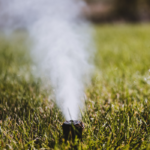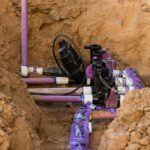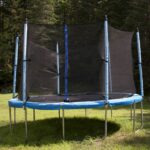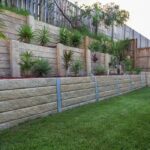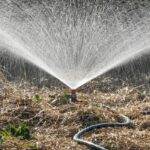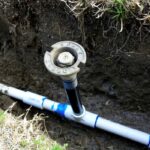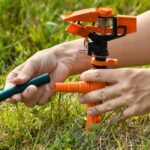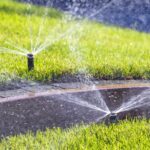If you have a sprinkler system on your property, you probably know that winterizing it is an essential part of maintaining its functionality over time. Not only does winterizing protect your investment, but it also helps to keep your water bill as low as possible. But how much does it cost to winterize your sprinkler system?
The average cost of winterizing a sprinkler system is around $85. However, you can expect to pay a professional between $75 and $250 for materials and labor, depending on the type of system. If you do the job yourself, you’ll only have to pay for materials, which can cost anywhere from $10 to $50.
Let’s take a closer look at the cost of winterizing your sprinkler system, when you should do it, and whether you should do it yourself. Plus, we’ll review some methods of winterizing so you can make the best choice for your home.
What’s the Cost of Winterizing a Sprinkler System?
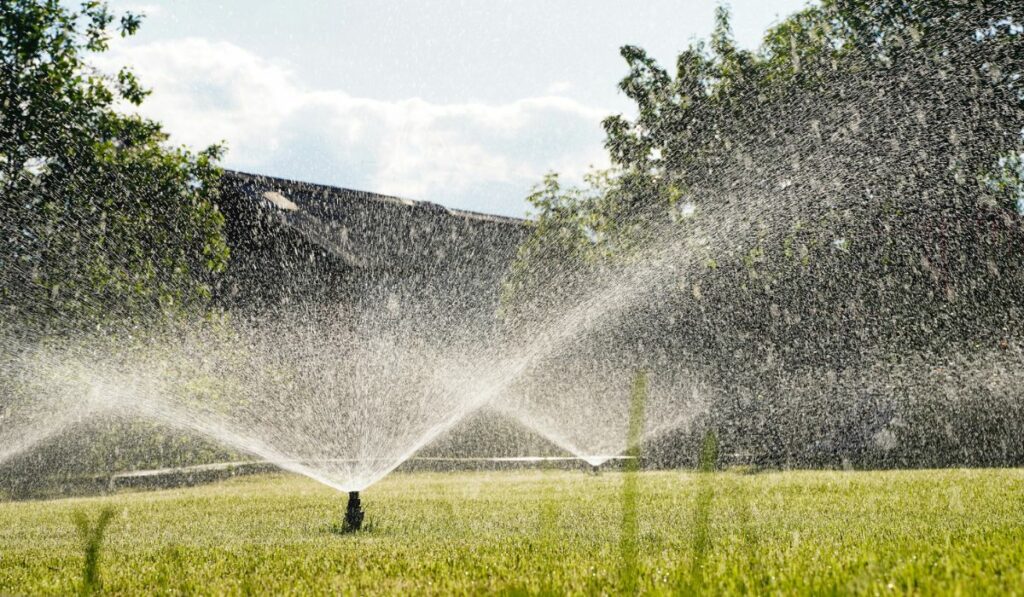
As we mentioned above, the average cost of winterizing a sprinkler system in the US is $85. However, you can expect to pay between $75 and $250 for a professional job, which includes the cost of materials and labor. If you do the winterizing yourself, you’ll only have to pay for the materials, which should come in under $50.
A few factors will affect the cost of winterizing your sprinkler system. The first is, of course, the size of your system. A small system in moderate weather will cost less to winterize than a large system in a colder climate.
The second factor is whether you do the work yourself or hire a professional. And the third factor is the type of system you have.
Beyond those factors, there are three methods for winterizing a sprinkler system: blow out, manual, and automatic. Each has its own costs to take into account due to the time and materials required.
When Should You Winterize Your Sprinkler System?
You should winterize your sprinkler system before the first freeze, typically in late October or early November. If you live in a colder climate, you may need to do it earlier.
The most important thing is to ensure your pipes are empty before the freezing temperatures hit.
If you wait until after the first freeze, you risk damaging your pipes and sprinkler heads. Water that freezes in your system can cause pipes to burst and sprinkler heads to crack. This damage can be quite expensive to repair.
Different Methods for Winterizing Your Sprinklers
Each of the three winterization methods involves three basic steps: shutting down the system, draining the water from the pipes, and insulating exposed components. Let’s take a closer look at the options.
Automatic Method
Sprinkler systems that use the automatic method will drain automatically when the main valve is closed and the pressure drops.
However, there’s usually still some water trapped within the valves, so you’ll need to loosen the solenoids on each valve to release the remaining water.
Manual Method
The manual method involves opening the shut-off valves to drain the system. After opening a valve, let the water drain out completely before closing it and moving on to the next.
Wear eye protection (on Amazon) while performing this task, as the water is under pressure and can be dangerous.
Blow Out Method
To use the blow out method of winterizing your sprinkler system, you’ll need an air compressor that can generate 50 PSI. Most home air compressors cannot generate this much pressure, so if you do it yourself, you’ll need to rent one.
After shutting off the water to the system, attach the air compressor. Turn on the valve starting from the highest point in the system, close the backflow valve, and turn on the compressor.
Let the air blow through the system until the water drains out. Repeat this process for each zone in the system, then disconnect the compressor.
Once the water drains from the system, open the backflow device valve to release the air from the system. Doing this will prevent the pipes from being damaged by the pressure of the compressed air. Make sure all valves are closed.
This method is dangerous and can lead to personal injury or damage to your system if it’s not done correctly. So, hiring a professional is best if you choose this method.
Insulate Exposed Components
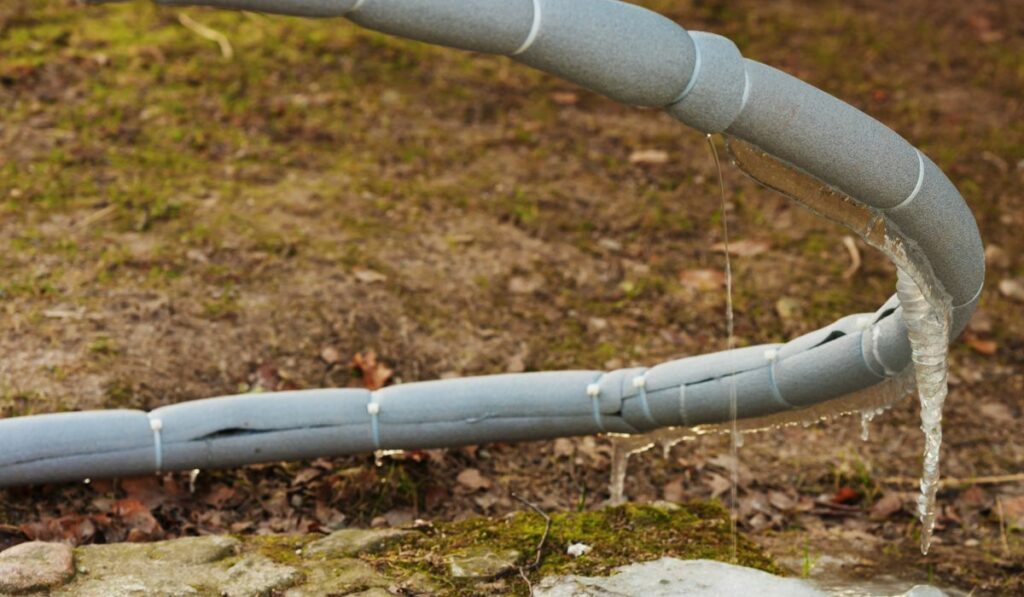
Once you’ve shut down and drained your system, you’ll need to insulate any exposed components to prevent damage from freezing temperatures. That includes anything above ground, such as backflow preventers, valves, and pipes.
Use foam covers, insulation wrap, or insulation tape (on Amazon) to cover these components. Whichever method you use, make sure the insulation is secure and waterproof. Also, make sure any vents or drains are clear so that water can escape if it gets into the system.
Can I Winterize a Sprinkler System Myself?
The short answer is yes, but it depends on your system type and your level of expertise.
There are risks associated with winterizing your sprinkler system. If it isn’t done correctly, it could lead to significant damage that would be costly to repair. It’s often less expensive to hire a professional than to fix damages caused by improper winterization.
Winterizing your own system is certainly possible if you have a basic understanding of how your sprinkler system works and are handy with tools and confident in your abilities. However, it’s best to hire a professional if you have a more complicated system or aren’t so sure of what you’re doing.

